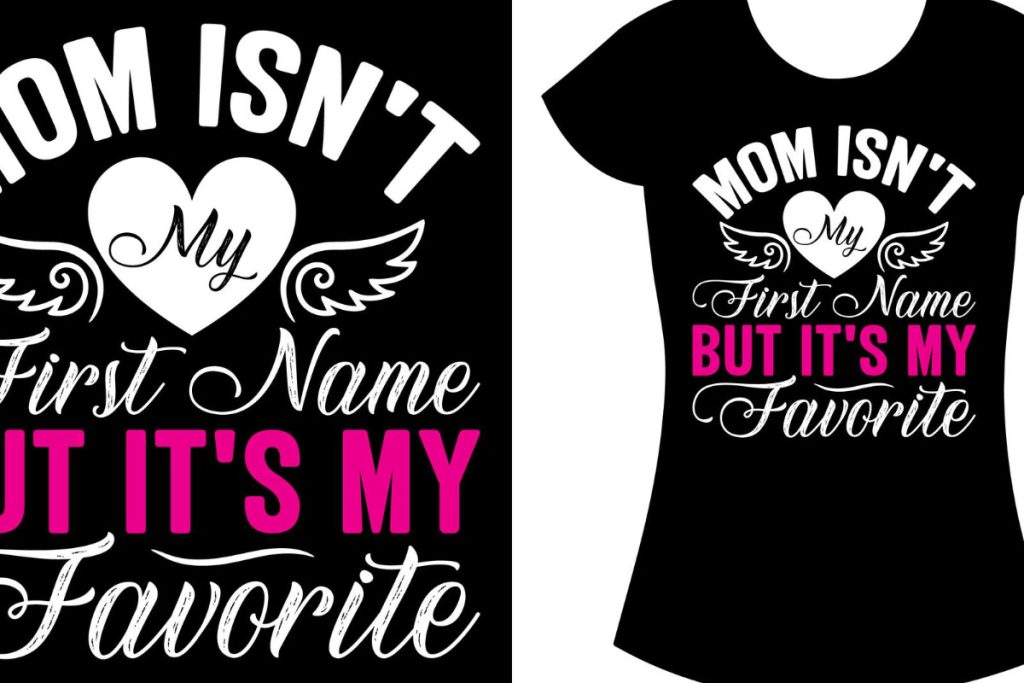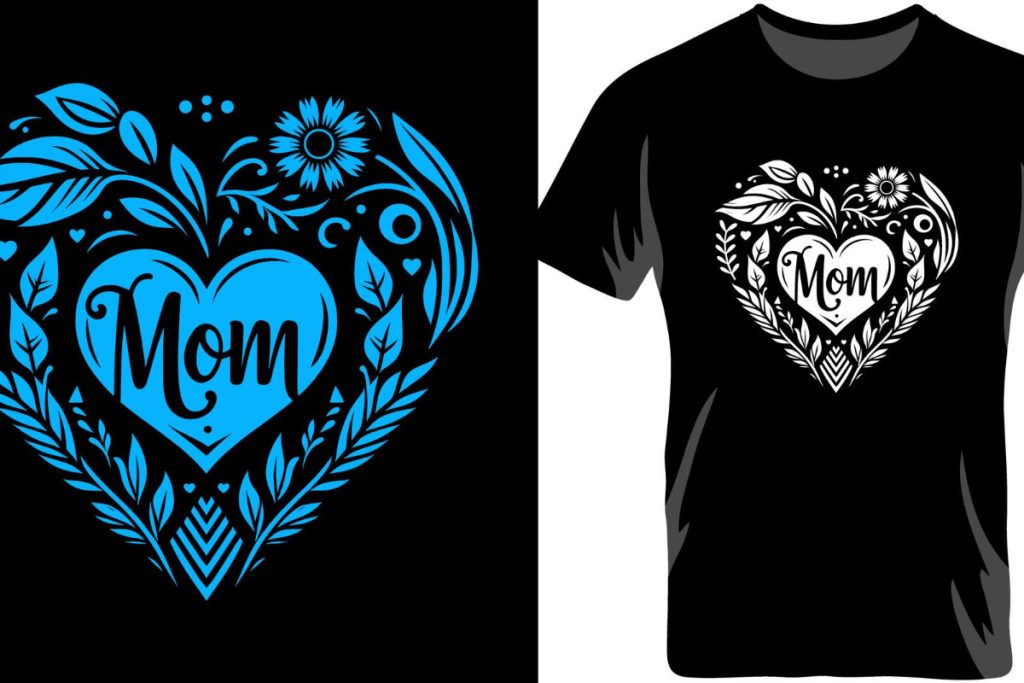In the dynamic landscape of textile printing, DTF transfer printing is quickly establishing itself as a transformative technique. This innovative Direct-to-Film process allows for intricate designs and vibrant colors to be seamlessly transferred onto various fabrics, marking a significant evolution in custom garment printing. As consumers increasingly seek personalized apparel, the advantages of DTF printing become increasingly apparent, showcasing its durability and superior wash resistance. Moreover, this method aligns well with sustainable printing practices, utilizing eco-friendly materials and processes. In this article, we explore the intricacies of DTF transfer printing, its benefits, and how it’s shaping the future of textile printing technology.
Often referred to as the Direct-to-Film method, this groundbreaking printing technique is revolutionizing the custom apparel industry. By printing high-quality images on a special film that can be transferred to textiles, this process caters to an array of fabric types, enhancing options for designers and businesses alike. The shift towards DTF technology signifies not just a trend but a response to the growing consumer demand for unique, personalized clothing solutions. Utilizing cutting-edge textile printing technology, DTF provides a robust alternative to traditional printing techniques, effectively meeting the challenges of modern manufacturing. This article delves deeper into the process and explores how it represents a pivotal moment for sustainable and efficient printing practices.
Understanding DTF Transfer Printing
DTF transfer printing, or Direct-to-Film printing, revolutionizes the textile printing industry with its innovative approach. This process involves printing designs on a special film, which is then transferred onto various fabrics, ranging from cotton to polyester. The eco-solvent inks used in this method ensure vibrant colors and intricate details, giving custom garments a high-quality finish that rivals traditional printing techniques.
Furthermore, the DTF process has gained popularity not only due to its versatility but also because it supports trend-driven customization. As consumers increasingly demand unique and personalized products, DTF printing enables businesses to cater to these needs swiftly and efficiently. By leveraging this technology, companies are able to meet market demands while offering an array of garment styles and designs.
Key Advantages of DTF Printing
One of the standout features of DTF printing is its durability, with prints boasting superior wash resistance and extended longevity compared to traditional methods like screen printing. As consumers grow more discerning in quality, the resilience of DTF prints makes them a preferred choice for businesses invested in delivering lasting products. This durability ensures that custom garments maintain their appearance over countless washes, reassuring customers of their purchase.
Another key advantage lies in the cost-effectiveness of the DTF transfer printing process. With minimal setup costs, small businesses can easily invest in DTF technology and expand their product offerings without substantial financial burden. This accessibility has made DTF a popular solution for startups and small enterprises looking to enter the custom apparel market.
Market Trends in Custom Garment Printing
The recent surge in popularity of DTF transfer printing reflects broader market trends within the custom garment industry. Online shops have increasingly adopted DTF technology to produce tailor-made products that resonate with consumers. The rise in demand for personalized apparel is evident in sales and production statistics, leading many businesses to pivot towards DTF as a viable production method.
Additionally, market research highlights a shift towards small to medium enterprises embracing DTF printing due to its low initial investment. This democratization of printing technology is shaping the competitive landscape, allowing more players to engage in custom garment production while adapting to consumer preferences swiftly.
Advancements in DTF Technology
Technological progress in DTF transfer printing machinery and materials has significantly enhanced production capabilities. Recent developments have introduced high-speed printers that don’t compromise on quality, thus allowing manufacturers to meet the increasing demand for custom apparel quickly. This innovation equips businesses with the tools necessary to streamline their operations while improving overall throughput.
Moreover, the evolution of inks and transfer materials has led to higher fidelity prints that feature vibrant colors and detailed designs. As manufacturers invest in upgraded equipment, the DTF market stands poised for growth, catering to diverse printing needs without sacrificing quality.
Sustainable Practices in DTF Printing
As environmental concerns gain traction, many businesses involved in DTF transfer printing are prioritizing sustainability in their processes. Companies are exploring eco-friendly inks and sustainable materials, effectively reducing their carbon footprints while catering to environmentally conscious consumers. This shift towards greener practices aligns with broader industry movements aiming to lessen the impact of manufacturing on the planet.
Additionally, implementing waste reduction strategies has become a norm for firms employing DTF technology. By optimizing workflows and sourcing sustainable materials, businesses not only enhance their corporate responsibility but also attract a dedicated consumer base interested in environmentally friendly products.
Future Outlook for DTF Transfer Printing
The future trajectory of DTF transfer printing appears promising, with experts forecasting significant growth in its adoption across the custom garment landscape. As brands recognize the efficiency and versatility of DTF, there is likely to be an exponential increase in demand for personalized products. The adaptability of DTF technology will enable businesses to navigate changing consumer preferences effectively.
Furthermore, upcoming industry events and expos are showcasing the latest advancements in DTF printing, highlighting its potential as a cornerstone of textile production. As the landscape continues to evolve, entrepreneurs and established brands alike will need to stay informed of emerging trends and technological advancements to fully leverage DTF capabilities.
Frequently Asked Questions
What is DTF transfer printing and how does it work?
DTF transfer printing, or Direct-to-Film printing, is a textile printing process that involves printing designs onto a PET film using eco-solvent inks. Once the design is printed, an adhesive powder is applied, and after heating, it transfers the vibrant design onto various fabrics, making it popular for custom garment printing.
What are the main advantages of DTF printing over traditional methods?
DTF printing boasts several advantages, including versatility on diverse fabrics, superior durability with excellent wash resistance, vibrant color reproduction, and cost-effectiveness. These factors make DTF a preferred choice for businesses seeking high-quality custom apparel.
Can DTF transfer printing be considered a sustainable printing practice?
Yes, many DTF transfer printing operations are adopting sustainable practices by developing eco-friendly inks and implementing waste reduction strategies. This commitment to sustainability not only aligns with consumer preferences but also contributes positively to the environment.
What types of fabrics can be used with DTF transfer printing?
DTF printing is highly versatile and can be used on various fabrics, including cotton, polyester, and blended materials. This capability allows for the production of a wide range of custom garments, from t-shirts to sportswear.
How does DTF printing compare to other custom garment printing technologies?
DTF printing is often compared to traditional methods like screen printing and direct-to-garment (DTG) printing. It offers better durability and color vibrancy than DTG, while being more versatile than traditional screen printing, which is limited to fewer fabric types.
What recent advancements have been made in DTF printing technology?
Recent advancements in DTF printing technology include improved printer quality and efficiency, the introduction of high-speed production methods, and the development of affordable inks and transfer materials. These innovations are making DTF an increasingly viable option for custom garment printing.
| Key Point | Description |
|---|---|
| What is DTF Transfer Printing? | A process where designs are printed onto a PET film and then transferred to textiles using heat and adhesive. |
| Advantages of DTF Transfer Printing | This includes versatility, durability, vibrant colors, and cost-effectiveness. |
| Popular Market Trends | Growing demand from online custom apparel shops and small-to-medium businesses adopting DTF technology. |
| Technological Advances | Improvements in printers and materials have enhanced quality and reduced costs, expanding the DTF market. |
| Environmental Considerations | Focus on sustainability, producing eco-friendly inks, and waste reduction strategies in DTF processes. |
| Industry Insights | Ongoing innovations highlighted at expos and research indicating DTF will be a cornerstone of the industry. |
Summary
DTF transfer printing is revolutionizing the custom apparel industry with its innovative process that combines versatility, durability, and vibrant colors. As it continually evolves, DTF transfer printing is not only meeting the increasing consumer demand for high-quality, personalized products but also setting new standards in sustainability through eco-friendly practices. This printing technology is making it easier for businesses to thrive in a competitive landscape while catering to the modern consumer’s needs. The future of DTF transfer printing looks promising, cementing its role as a primary choice for manufacturers looking to deliver exceptional products.



